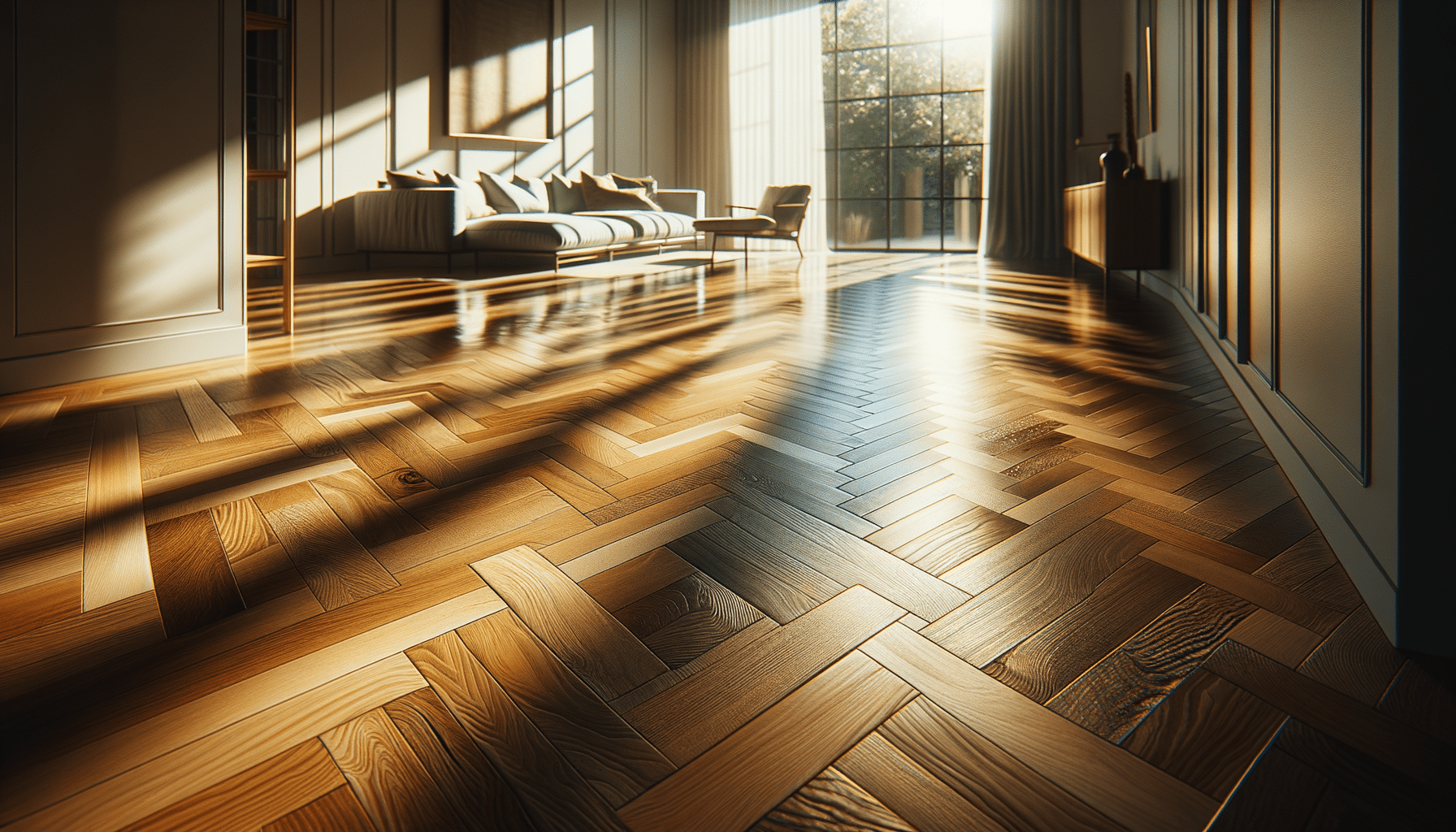
Repair Methods for Roof Cracks, Leakage, and Deterioration
Introduction to Roof Repair
Roofs are a vital component of any building, acting as the first line of defense against weather elements. Over time, exposure to harsh conditions such as rain, wind, and the sun can lead to cracks, leakage, and general deterioration. Repairing these issues promptly is crucial to maintaining the structural integrity and longevity of your home. In this article, we delve into the various repair methods available for addressing roof cracks, leakage, and deterioration.
Identifying Roof Damage
Before embarking on repairs, it’s essential to identify the type and extent of damage present. Roof damage can manifest in various forms, including cracks, leaks, and material deterioration. Common signs of roof issues include:
- Water stains on ceilings or walls
- Visible cracks or holes in roofing materials
- Missing or damaged shingles
- Growth of mold or mildew
- Increased energy bills due to poor insulation
Conducting a thorough inspection allows homeowners to pinpoint problem areas and determine the most suitable repair method. Regular inspections, particularly after severe weather, can help catch issues early, preventing costly repairs in the future.
Repairing Roof Cracks
Cracks in roofing materials can occur due to age, thermal expansion, or impact from debris. Repairing these cracks involves several steps to ensure a durable solution:
- Cleaning the Area: Remove any debris, dirt, or loose materials from the crack.
- Filling the Crack: Use a high-quality roofing sealant or patching compound to fill the crack. Ensure the product is compatible with your roofing material.
- Reinforcing the Repair: For larger cracks, apply a patch or reinforcing fabric over the sealed area to provide additional strength.
- Finishing Touches: Apply a topcoat or protective layer to blend the repair with the existing roof and provide UV protection.
By addressing cracks promptly, homeowners can prevent further deterioration and extend the lifespan of their roof.
Addressing Roof Leakage
Roof leaks are a common issue that can cause significant damage if not addressed quickly. The repair process typically involves:
- Locating the Leak: Trace the source of the leak, which may not always align with visible water damage inside the home.
- Repairing Damaged Areas: Replace or repair damaged shingles, tiles, or flashing to stop water ingress.
- Sealing Joints and Seams: Use waterproof sealants on joints, seams, and around roof penetrations such as vents and chimneys.
- Improving Drainage: Ensure gutters and downspouts are clear and functioning correctly to direct water away from the roof.
Effective leak repairs not only protect the home from water damage but also improve energy efficiency by maintaining proper insulation.
Dealing with Roof Deterioration
Over time, roofing materials can degrade due to weather exposure and aging. Addressing deterioration involves several strategies:
- Replacing Aged Materials: Identify and replace worn or aged materials such as shingles, tiles, or metal panels.
- Applying Protective Coatings: Use elastomeric coatings or reflective paints to protect the roof from UV rays and reduce heat absorption.
- Strengthening the Structure: Reinforce structural elements as needed to maintain the roof’s integrity.
- Regular Maintenance: Schedule regular maintenance checks to clean, inspect, and repair minor issues before they escalate.
By addressing deterioration proactively, homeowners can preserve their roof’s functionality and appearance, ensuring their home remains safe and comfortable.
Conclusion: Ensuring a Durable Roof
Maintaining a roof free from cracks, leaks, and deterioration is crucial to safeguarding your home. By identifying issues early and employing effective repair methods, homeowners can extend the life of their roof and avoid costly damage. Regular inspections and maintenance play a vital role in this process, ensuring that minor problems are resolved before they develop into significant concerns. Investing time and resources in roof care not only enhances the home’s durability but also contributes to energy efficiency and overall comfort.


